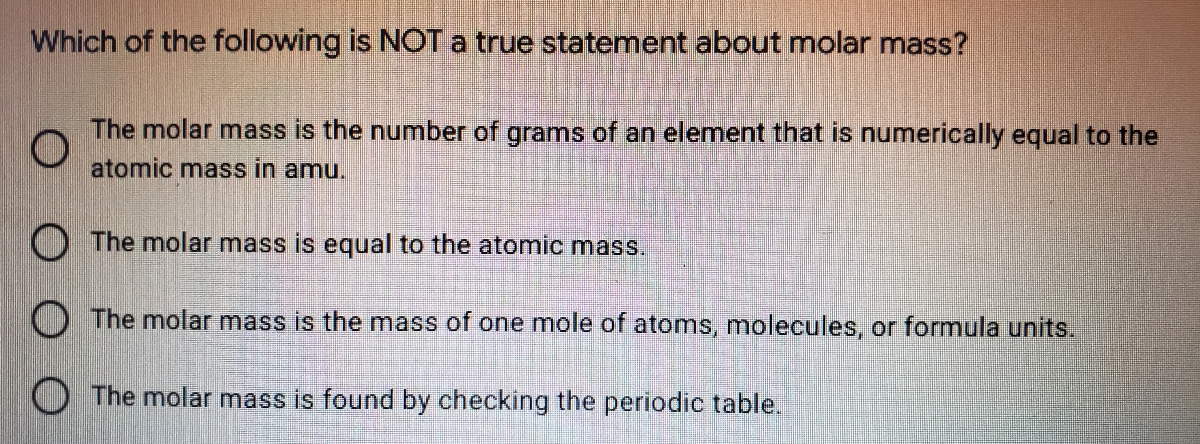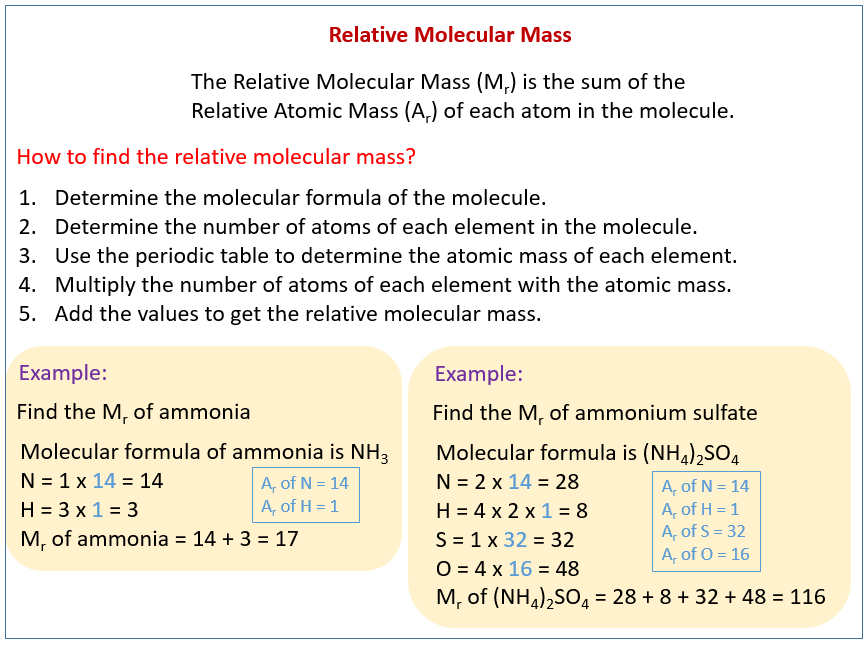Molar mass of Al2(SO4)3 = 342.150876 g/mol
This compound is also known as Aluminium Sulfate.
To calculate the atomic mass of oxygen using the data in the above table, we must first multiply the mass of each isotope by its corresponding natural abundance (percentage abundance). But, since the abundance is in%, you must also divide each abundance value by 100. The molar mass of the chemical substance is equal to the sum of the atomic mass of the individual atoms. Atomic mass of H = 1u; Atomic mass of N = 14 u; Atomic mass of O = 16u; The molar mass of HNO3 is (1 × 1) +(1 × 14) + (16×3) = 63 u. The atomic mass of oxygen is 15.9994 atomic mass units. Oxygen has an atomic number of 8 and is classified as a non-metal. Its symbol is O. Oxygen was discovered in 1774 by Joseph Priestly, according to Chemical Elements. Nevertheless, though the value of the 17 O exponent may be as high as 0.52 or 0.53 in common substances, the atomic-weight errors caused by these differences are small compared to the uncertainty of the 'absolute' measurement of atomic weight.
Convert grams Al2(SO4)3 to moles or moles Al2(SO4)3 to grams
Molecular weight calculation:
26.981538*2 + (32.065 + 15.9994*4)*3
| Symbol | # of Atoms | Aluminium | Al | 26.981538 | 2 | 15.772% | |
| Oxygen | O | 15.9994 | 12 | 56.113% | |||
| Sulfur | S | 32.065 | 3 | 28.115% |
In chemistry, the formula weight is a quantity computed by multiplying the atomic weight (in atomic mass units) of each element in a chemical formula by the number of atoms of that element present in the formula, then adding all of these products together.
The atomic weights used on this site come from NIST, the National Institute of Standards and Technology. We use the most common isotopes. This is how to calculate molar mass (average molecular weight), which is based on isotropically weighted averages. This is not the same as molecular mass, which is the mass of a single molecule of well-defined isotopes. For bulk stoichiometric calculations, we are usually determining molar mass, which may also be called standard atomic weight or average atomic mass.
If the formula used in calculating molar mass is the molecular formula, the formula weight computed is the molecular weight. The percentage by weight of any atom or group of atoms in a compound can be computed by dividing the total weight of the atom (or group of atoms) in the formula by the formula weight and multiplying by 100.
A common request on this site is to convert grams to moles. To complete this calculation, you have to know what substance you are trying to convert. The reason is that the molar mass of the substance affects the conversion. This site explains how to find molar mass.

Formula weights are especially useful in determining the relative weights of reagents and products in a chemical reaction. These relative weights computed from the chemical equation are sometimes called equation weights.
Using the chemical formula of the compound and the periodic table of elements, we can add up the atomic weights and calculate molecular weight of the substance.
Finding molar mass starts with units of grams per mole (g/mol). When calculating molecular weight of a chemical compound, it tells us how many grams are in one mole of that substance. The formula weight is simply the weight in atomic mass units of all the atoms in a given formula.
The atomic mass unit is the system of measurement designed to identify each individual unit of mass in atoms and molecules. Also known as a dalton, the atomic mass unit is a universally-applied measurement based on 1/12 the total mass of a single carbon-12 atom. This means that a carbon-12 atom has the atomic mass of 12 daltons. The designation for a standard atomic mass unit is u or Da. Atomic mass units are used as the system of measurement in every science, except for those involving biology and biochemistry, which use the dalton designation.
One convenient aspect of atomic mass units is that, while based on carbon mass, a single unit is also equal to one hydrogen atom. This is because the combined mass of a single proton and neutron, the composition of a hydrogen atom, is equal to the measurement. Electrons, being only 1/1836 the mass of a proton, are essentially negligible to the overall mass of an atom.
One of the most problematic aspects to using the atomic unit of mass to define atoms is that it does not account for the energy that binds together an atom's nucleus. Unfortunately, this is not a fixed mass due to the differences between each different types of atom. As more protons, neutrons and electrons are added to an atom to create a new element, the mass of this binding energy changes. This means that the measurement can be said to be a rough approximation rather than an exact constant.
One of the main uses for the atomic mass unit involves its relationship with moles. A mole is the complete physical quantity of a single unit of a substance. For example, a single water molecule, comprised of two hydrogen atoms and a single oxygen atom, is a mole of water. This means that it has the atomic mass of all three atoms.

Atomic Mass Of O3

Atomic Mass Of Osmium

Atomic Mass Of Oxygen
The establishment of the atomic mass unit was first started by a chemist name John Dalton in the early 1800s. He used a single hydrogen atom as the platform for the measurement. However, this was altered by Francis Aston with his invention of the mass spectrometer in the late 1800s. Aston defined an atomic mass unit as being 1/16 the mass of a single oxygen-16 atom. It wasn't until 1961 that the International Union of Pure and Applied Chemistry defined the modern applications of the measurement and linked it to carbon-12.
